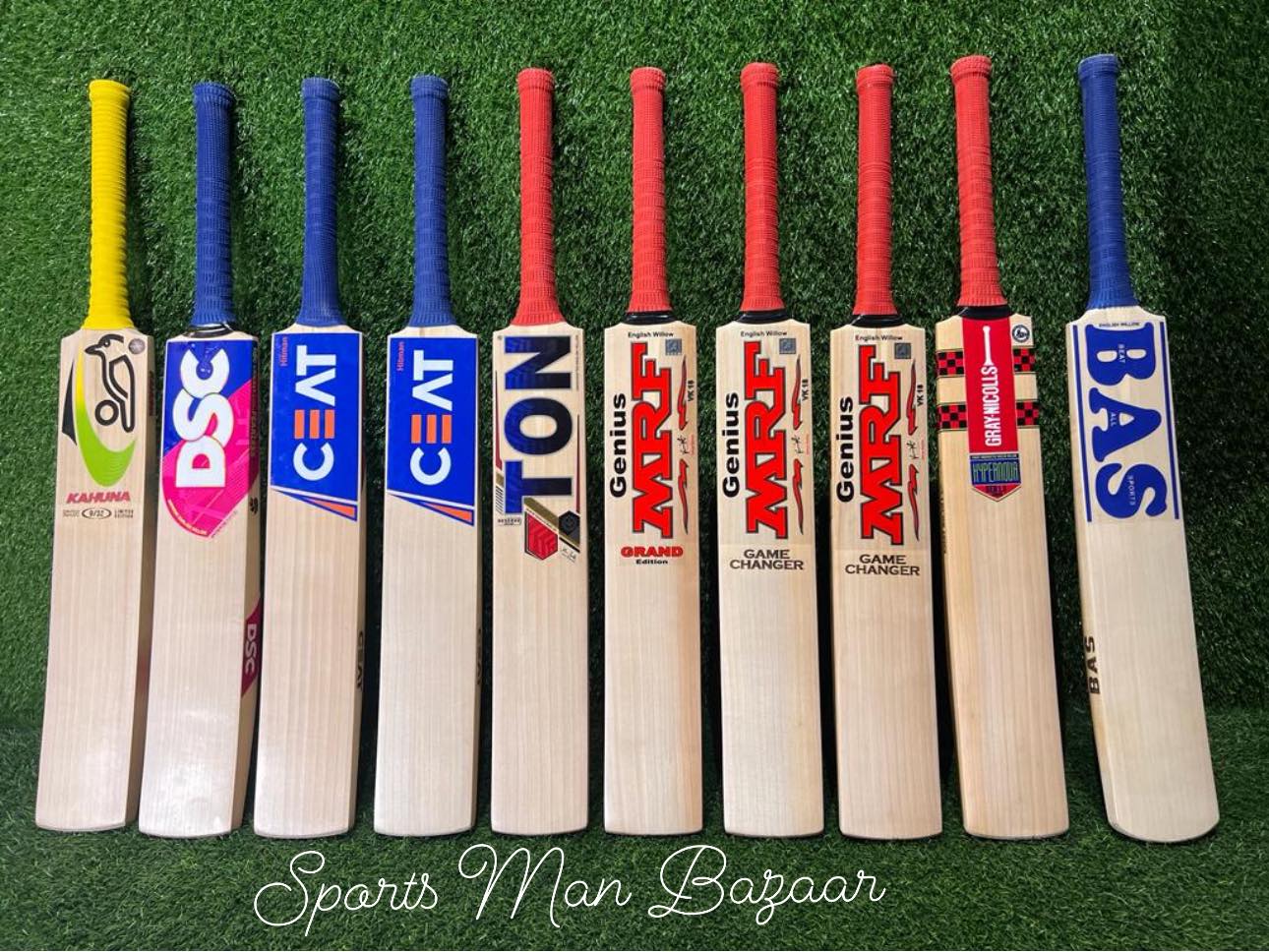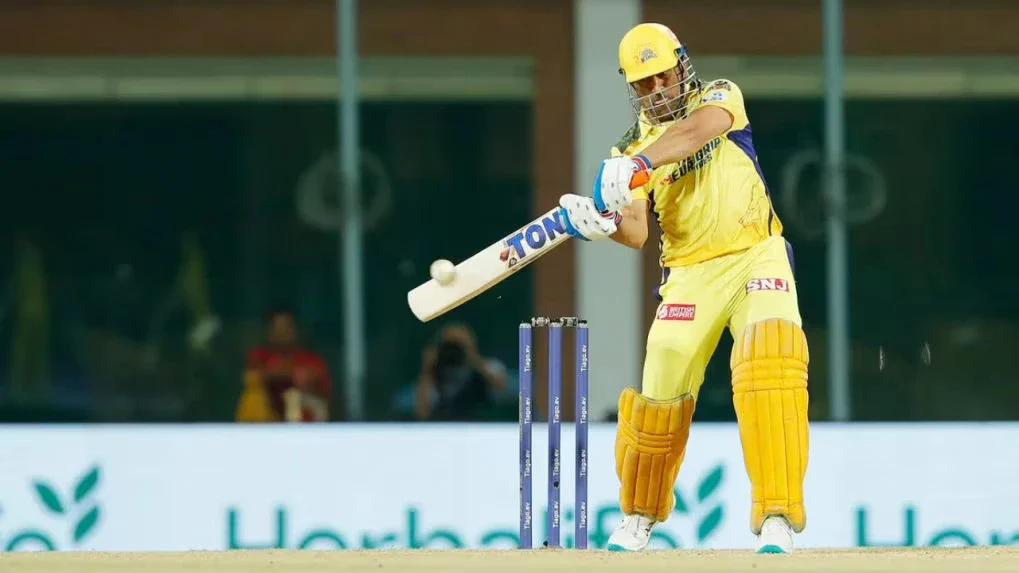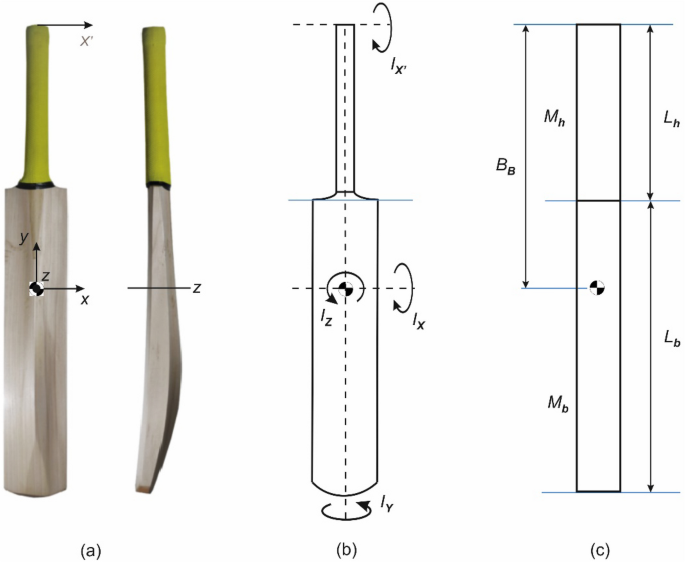Cricket is a sport steeped in tradition, but it has evolved significantly over the years. One of the most fascinating aspects of this evolution is the cricket ball—a seemingly simple piece of equipment that has undergone major transformations to adapt to changing formats, conditions, and audience demands. From the classic red ball of Test cricket to the white ball of limited-overs matches and the innovative pink ball for day-night Tests, each type has its own unique characteristics and impact on the game.
Understanding the evolution of cricket balls provides insights into how the game has adapted to modern needs while maintaining its historical essence.
The Classic Red Cricket Ball
The red cricket ball is the symbol of traditional cricket. Used predominantly in Test matches and first-class cricket, it is known for its durability, bounce, and swing potential.
Key Features of the Red Ball
- Material: Hand-stitched leather with a cork and string core.
- Swing: Red balls offer conventional swing, particularly under overcast conditions.
- Durability: Can last for 80 overs or more in Test matches without significant deterioration.
- Visibility: Red balls are ideal for daytime matches played on green or natural pitches.
The red ball allows for a classic Test cricket experience, encouraging skillful batting, strategic bowling, and traditional fielding setups.
The Shift to White Cricket Balls
With the rise of limited-overs cricket, including ODIs and T20s, the red ball faced challenges, primarily visibility under floodlights. This led to the introduction of the white cricket ball, which revolutionized shorter formats.
Why White Balls Were Introduced
- Visibility: White balls are easily seen under artificial lighting.
- Color Contrast: White contrasts with colored team kits, enhancing broadcast clarity.
- Format Adaptation: Suited for day-night ODIs and T20 matches.
Characteristics of the White Ball
- Swing: Swings less than red balls due to smoother surface and paint coating.
- Durability: Tends to deteriorate faster, often changing color after 30–40 overs.
- Behavior: Slightly harder and more predictable on hard pitches, favoring aggressive batting.
The white ball brought excitement to limited-overs cricket, emphasizing big hitting, fast scoring, and innovative strategies while also introducing challenges for bowlers trying to maintain swing.
The Innovation of the Pink Cricket Ball
The introduction of day-night Test cricket posed a new challenge: red balls were difficult to see under lights, while white balls could not be used due to color contrast with traditional white clothing. The solution? The pink cricket ball.
Features of the Pink Ball
- Enhanced Visibility: Coated in fluorescent pink for better visibility under lights.
- Swing and Spin: Designed to retain swing characteristics similar to red balls, unlike white balls.
- Durability: Extra care in manufacturing ensures it withstands 80 overs or more in Test conditions.
- Broadcast Friendly: Ideal for television, with vibrant color enhancing the viewing experience.
Pink balls have transformed Test cricket, allowing fans to experience day-night matches without compromising the traditional red-ball challenge.
Comparing Red, White, and Pink Balls
| Feature | Red Ball | White Ball | Pink Ball |
| Primary Use | Test / First-class | ODIs / T20s | Day-night Tests |
| Visibility | Daylight only | Day & Night | Day & Night |
| Swing | High | Moderate | Moderate-High |
| Durability | Long-lasting (~80 overs) | Shorter (~30-40 overs) | Long-lasting (~80 overs) |
| Impact on Play | Traditional strategies | Aggressive batting | Balanced Test strategies |
This comparison highlights how each ball type is tailored to specific formats, influencing tactics, scoring, and player performance.
How the Evolution Impacts Modern Cricket
- Bowling Strategies: Swing bowlers adapt techniques based on ball type; seam position, shine, and wear differ.
- Batting Approaches: Aggressive stroke-making in limited overs vs. patient innings in Test cricket.
- Fielding Adjustments: Visibility affects positioning, especially in day-night matches.
- Audience Engagement: Improved visibility and broadcast quality enhance viewer experience globally.
The evolution of the cricket ball demonstrates cricket’s ability to adapt to modern demands while preserving the essence of the game.
Innovations Behind Modern Cricket Balls
- Coatings: White and pink balls have specialized coatings to improve visibility and durability.
- Manufacturing Precision: Modern balls are hand-stitched with exact seam tension for consistent bounce and swing.
- Testing for Conditions: Balls are designed to suit different pitches, climates, and formats.
These innovations ensure that whether it’s a Test match, T20, or day-night fixture, the ball contributes to fair play, excitement, and strategy.
Conclusion
The cricket ball has evolved from the classic red ball of Test cricket to the white ball of limited-overs cricket and the pink ball for day-night matches, reflecting the sport’s adaptability. Each type serves a unique purpose, influencing visibility, swing, durability, and overall gameplay.
Understanding the evolution of cricket balls highlights the science and innovation behind the sport, from traditional techniques to modern broadcast-friendly formats. As cricket continues to evolve, the bat-and-ball duel remains central, but the type of ball used shapes strategies, player performance, and fan engagement in profound ways.
Whether it’s the patience required with the red ball, the aggressive approach demanded by the white ball, or the strategic nuances of the pink ball, every cricket ball tells a story—a story of evolution, adaptation, and the enduring spirit of cricket.




